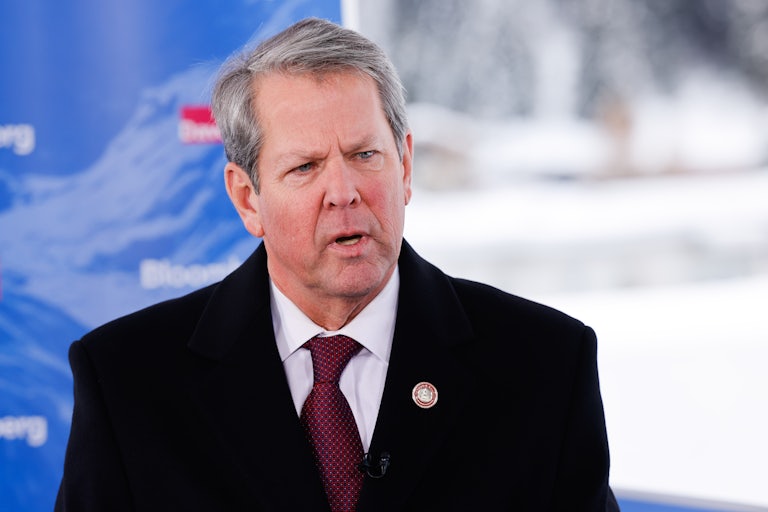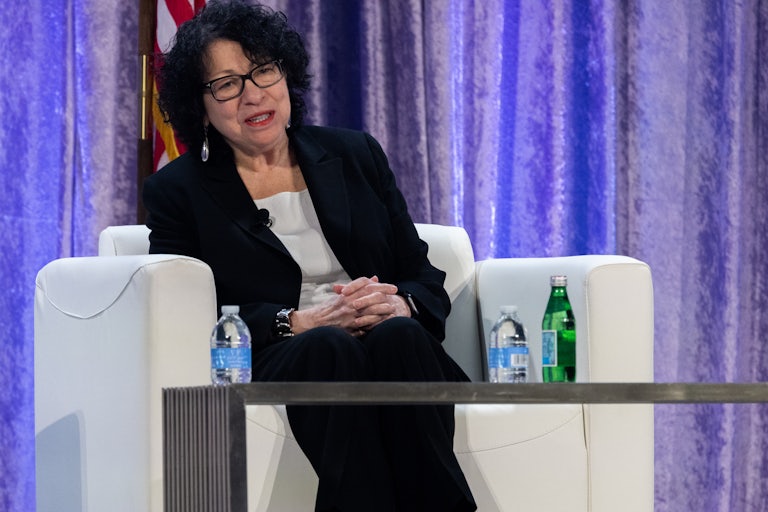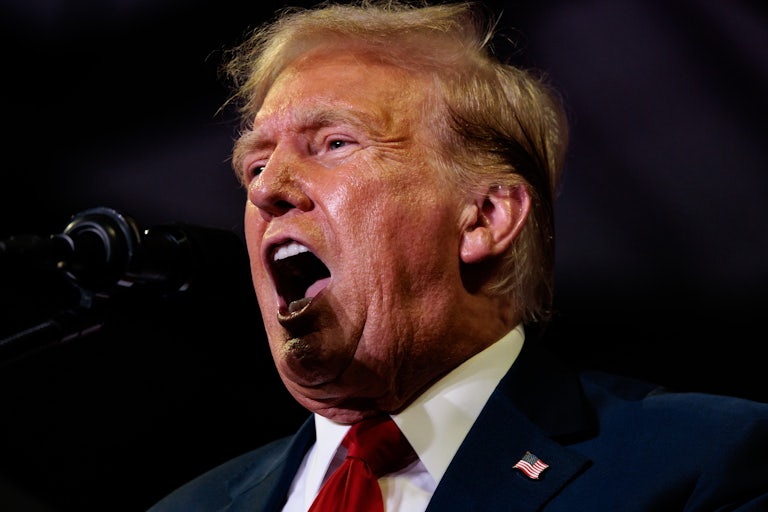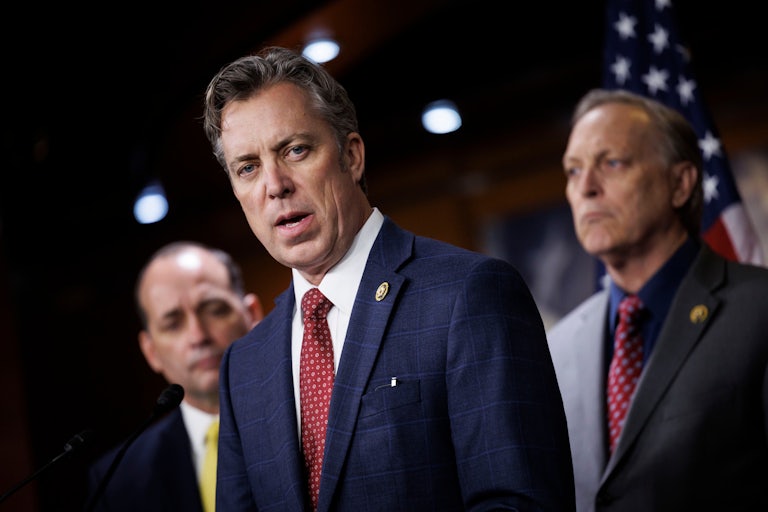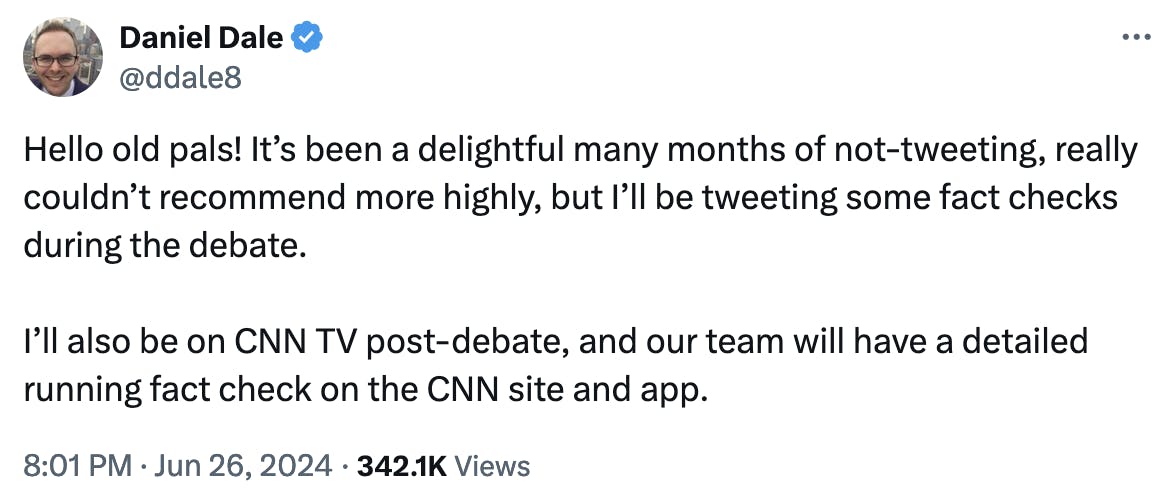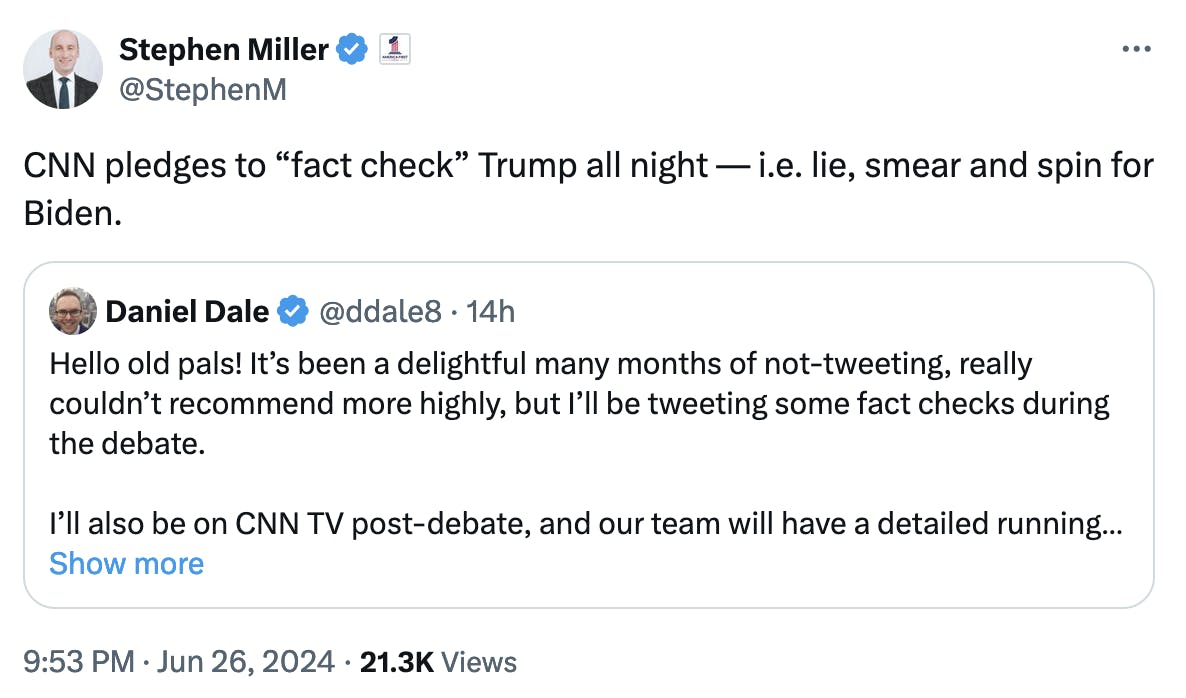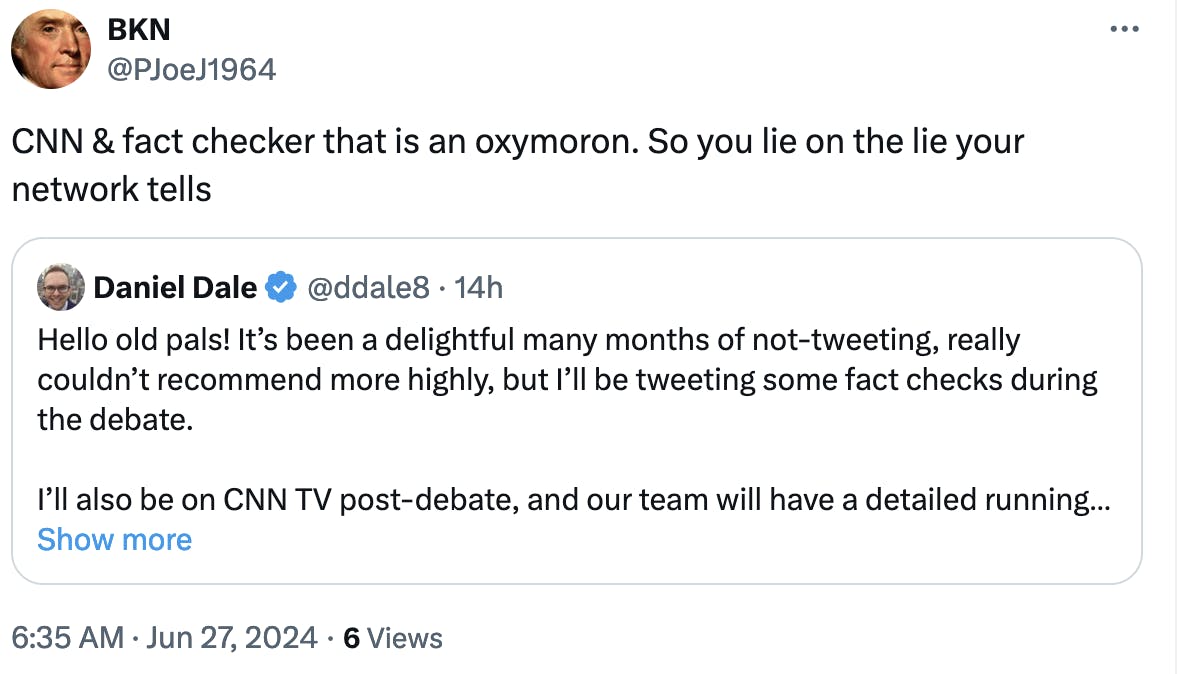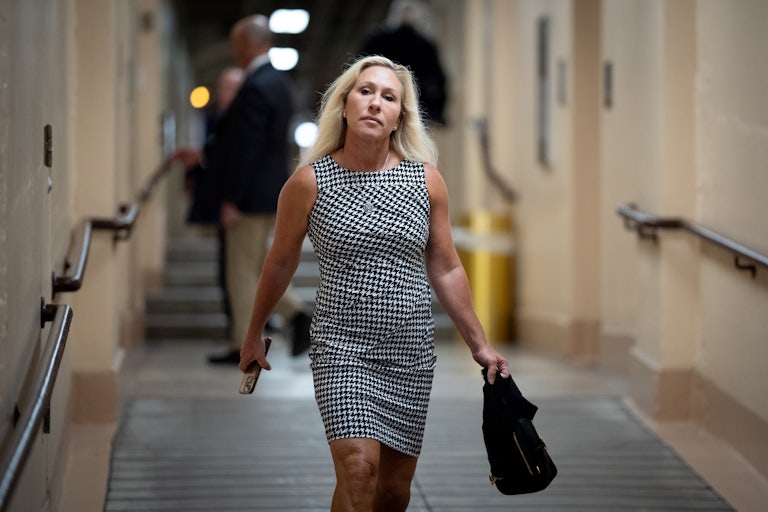Amy Coney Barrett Breaks Ranks on Supreme Court’s Dangerous EPA Ruling
Even Amy Coney Barrett thought the conservative justices’ ruling on the agency’s “good neighbor” rule was out of bounds.
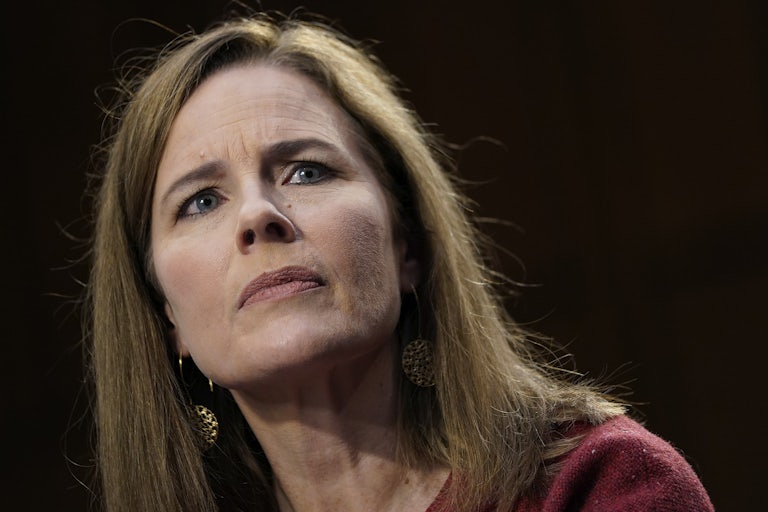
The Supreme Court on Thursday halted the Environmental Protection Agency’s “good neighbor” rule intended to combat air pollution. In a 5–4 decision, the conservative majority of the court upheld a stay against an EPA regulation that requires states limit their emissions to offset the effects in states downwind of their pollution, claiming the rule would cause “irreparable harm.” In a stunner, conservative Justice Amy Coney Barrett broke from the conservative bloc and wrote the dissenting opinion, joined by liberal justices.
Justice Brett Kavanaugh led in the court’s decision against the EPA, arguing that the good neighbor policy was too difficult to reasonably implement because who would be included is dependent on the winds. Barrett ripped that finding to shreds, writing that the court’s decision “enjoins the enforcement of a major Environmental Protection Agency rule based on an underdeveloped theory that is unlikely to succeed on the merits” and that the Supreme Court’s decision “downplays EPA’s statutory role in ensuring that States meet air-quality standards.”
The EPA issued its good neighbor rule in response to several states failing to create their own plans for implementing federal ozone pollution reduction rules issued in 2015 under the Clean Air Act. As Barrett notes, the 23 states that either didn’t submit any plans or submitted ones that didn’t meet EPA standards have been found by the agency to have “significantly contributed to ozone pollution in downwind states.” Twenty-one states “proposed to do nothing to reduce their ozone emissions,” the dissent adds. The EPA is statutorily required to ensure states comply with federal air quality standards, and to create a federal implementation plan if they don’t: In this case, it created the good neighbor plan. Upwind states promptly sued to prevent the EPA from rejecting their plans and to keep the good neighbor plan from going into effect, joined by regulated industries.
The Supreme Court’s decision to stay the good neighbor rule follows lower court rulings that deterred its implementation in 12 of the 23 states included in the ruling. Lawyers for the EPA noted during oral arguments that which states are included in the rule isn’t fixed, since wind patterns change.
The concept behind the policy takes into consideration states that are downwind of other states emitting pollutants. If, for example, states are buckets on a slope, and they’re all limited to filling a gallon bucket with water, the buckets further down the slope will inherently end up overflowing with the water poured into buckets further up slope from them. The good neighbor rule intends to reduce the amount of water poured into buckets further up the slope so those further downstream aren’t overloaded. Except in this case, the water is toxic pollutants and the buckets are giant industrial manufacturers toxifying our air and soil, with downwind states getting choked by pollutants emitted by their upwind neighbors.
The Supreme Court’s decision halting the implementation of the good neighbor rule is another step by the court’s conservative majority to curtail the EPA’s regulatory power, and, according to Barrett, it’s a step that’s not going to hold up on its merits if the case comes back to the Supreme Court.
